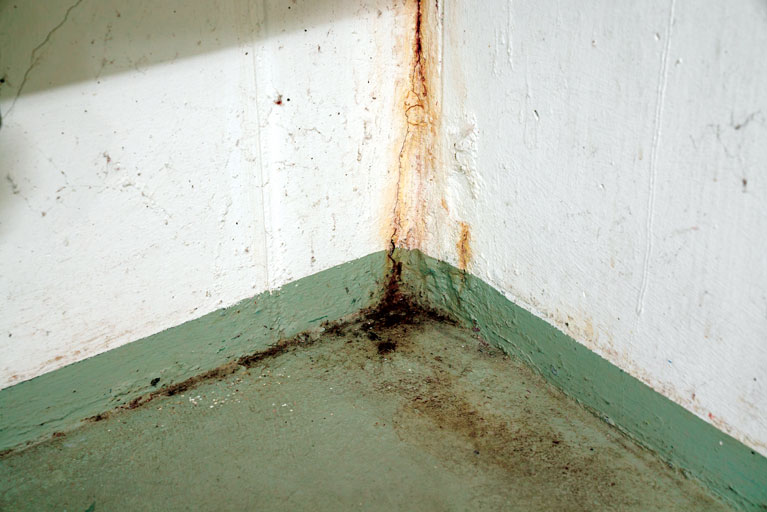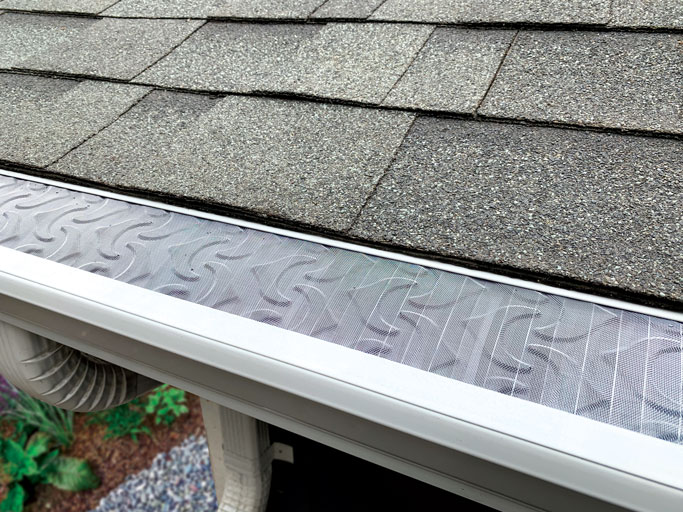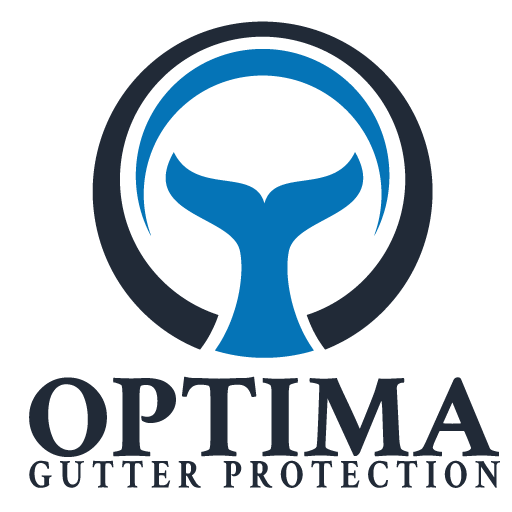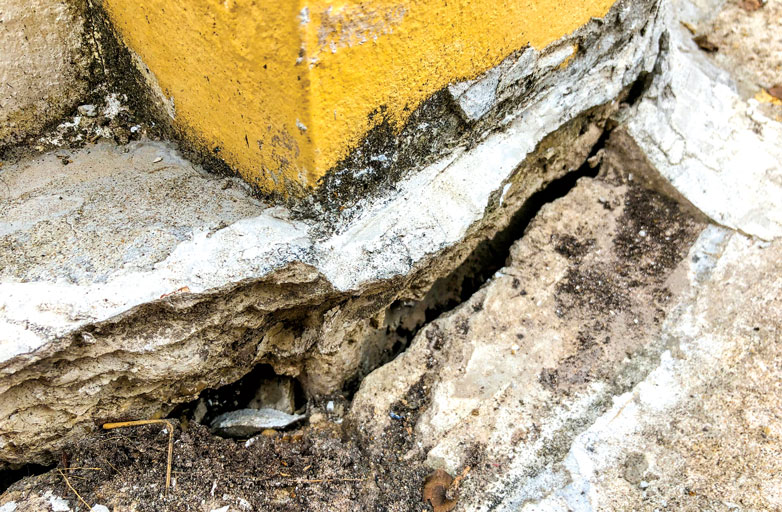Preventing Leaks and Foundation Damage
The Causes of Leaks
Small residential leaks can lead to big issues. Beyond water stains, leaks can result in mold and mildew, rotting, or even electrical shorts. While most leaks enter the home through damaged or missing roof shingles, they can also make their way through skylights, chimneys, or corroded roof flashing that surrounds vents or lines the planes of your roof.
Not all causes are completely preventable but knowing the most common causes can help you anticipate and better prevent leaks. While poor installation practices account for several leak incidents, leak-inducing shingle damage can also result from falling tree limbs, inclement weather, temperature fluctuations that loosen shingles or melt their seals, or even a clogged gutter system.

Locate a Leak
How to Locate a Leak
It’s best practice to examine the interior and exterior of your home for leak identification regularly, though the frequency depends on your home and its unique location. It is generally recommended to inspect for leaks biannually, but if your home is older or if you live in an area that experiences harsh weather, plan to inspect for leaks monthly.
According to Restoration Builders, there are 20 common signs that indicate a roof leak. Inside your home, be alert for water stains, damp spots, dripping, bubbling or peeling paint, and musty smells. While inspecting the exterior of your home often warrants professional help, common signs of leaks include loose shingles around your property, shingles that are buckling or curling, roof rot or discoloration, moss or mold growth, exposed nails, cracked or damaged flashing or sealant around roof vents and chimneys, piles of roof debris, clogged gutters, and peeling paint under the eaves of your roof.
Finding the original source of a leak can be difficult. Water may penetrate the roof at one location but can be diverted to other areas due to insulation and other materials. To start the inspection process, take a flashlight up to the attic on a rainy day to spot any leaking water. If you are unable to scope out your attic on a rainy day, have someone assist you by simulating rainfall with a garden hose on your roof. If using this rooftop “water method,” start by introducing water at the lowest points on the roof and work your way up.
Once the leak is identified, mark its location for repair. If you are uncomfortable or unable to cover or repair the leak from the outside, try temporarily repairing the leak from inside until a roof contractor can assist you. Use a putty knife to apply roofing tar around the leak and secure plywood or a spare roof shingle to it to serve as a temporary patch.
How to Prevent Future Leaks
To safeguard against more preventable leaks, promote adequate ventilation and install gutter guard protection. Rooms that generate or retain moisture (e.g., attics, bathrooms, kitchens) can lead to moisture build-up that will eventually weaken the underside of your roof. To prevent moisture damage in these particularly humid spaces, it is worthwhile to understand proper whole-house ventilation Second, installing micromesh gutter guards will prevent water back-up due to clogged gutters, therefore limiting the potential of water-soaked roof shingles and subsequent leaks.

Optima Gutter Protection
How to Prevent Foundation Damage
In addition to damaging roof shingles, clogged gutters can contribute to foundation damage. To prevent this, keep water from pooling around your foundation by maintaining clean and covered gutters, an extended downspout, sufficient grading, and adequate yard drainage. By minimizing the presence of stagnant water around your foundation, you can effectively limit the three major causes of foundation damage: hydrostatic pressure, expansive soil movement, and erosion.
To spot foundation damage, look for standing water, cracked concrete or uneven floors, cracked or bowed basement walls, a sinking foundation, mold or wall discoloration, and drywall cracks. If your home shows any signs of these issues, contact a foundation repair expert who can assist you with properly sealing foundation wall cracks and crawl space, improving your interior and exterior drainage, and finding solutions to control significant flooding.


